Introduction
Essential lab safety enforcement in educational environments is crucial to prevent accidents and injuries. Proper conduct, discipline, and supervision promote accountability and are essential lab safety elements. Additionally, encouraging hazard reporting without fear fosters a culture of safety. Attending to equipment and maintaining clear exits ensure a secure atmosphere, enhancing both learning and the well-being of students and staff.
Even simple mistakes, like the slippage of glass apparatus, can spread shards into unexpected areas. Rushing during cleanup can lead to skin injuries, and minor contaminants handled carelessly may cause infections. A small piece of broken glass can lead to serious consequences, significantly highlighting the importance of preventive measures. Good quality equipment mitigates accidents, like the ones here from Labkafe.
Why is Essential Lab Safety Critical for Teachers and Students?
Both students and teachers play crucial roles in maintaining safety rules.
Responsibilities of Teachers in maintaining essential lab safety
Teachers should lead by example, therefore encouraging students to follow safety rules by being vigilant about hazards and taking appropriate precautions. They must create a supportive atmosphere where students feel comfortable reporting incidents. This proactive approach helps prevent serious accidents.
Laboratory equipment must undergo regular inspections and maintenance. Teachers and administrators must ensure proper documentation for reference when issues arise. You must install essential safety equipment, such as eyewash stations, safety showers, fire extinguishers, and fire blankets. Conducting mock drills reinforces safety practices and procedures.
If safety equipment malfunctions, teachers must promptly address repairs to prevent accidents. Teachers are the final line of protection for students, making their role in maintaining discipline and safety critical. Coordination is key, especially in crowded labs or when sharing equipment.
In emergencies, all personnel must know the locations of power, gas, and supply cut-off lines. You should establish evacuation plans and conduct regular drills to minimize uncertainty during emergencies. Additionally, you must keep first aid ready at all times. It is useful in situations where immediate respite is unavailable, such as cuts and scrapes, that might deteriorate into full blown infections in the absence of first aid.
Responsibilities of Students in maintaining essential lab safety
Students must immediately report all accidents, injuries, or equipment breakage to the instructor. Labs should support students who own up to mistakes rather than hide them.
Long hair must be tied back to prevent fire hazards, and laboratory aprons should be worn, securing loose garments to avoid contact with fire or chemicals. Aprons help protect workers from accidental chemical spillage and fire hazards. Additionally, safety manuals and protocols must be followed and contact with chemicals must be avoided to protect the eyes and mouth. Goggles and gloves should be worn when required. Reckless behavior and consuming food or drinks in the lab are prohibited.
Common Essential Lab Safety Mistakes to Avoid
Labs often work with dangerous equipment, high-temperature substances, and toxic chemicals. Safety must be prioritized over cost to prevent harm. This requires commitment to proper use and maintenance of safety equipment, such as goggles and gloves, depending on the hazard.
Complacency can endanger personnel and compromise research integrity. Contaminated substrates can lead to invalid results, and improper disposal of hazardous waste may cause environmental damage. Comprehensive emergency training is essential to protect personnel during contingencies.
Conclusion
Three key takeaways from this discussion on essential lab safety:
- Safety requires financial and disciplinary commitment.
- Investing in safety equipment and training is essential for mitigating hazards.
- Lab safety involves protecting fellow lab mates and the environment, ensuring ethical and responsible research.

Eyewash station (source- heavy.com)

Emergency shower (source- antigua.desertcart.com)

Safety goggles (source-medimart.com)
Labkafe supports the research community by providing essential safety equipment including eyewash stations, safety goggles, and emergency shower stations to handle chemical spills. Reach out to our lab experts today!
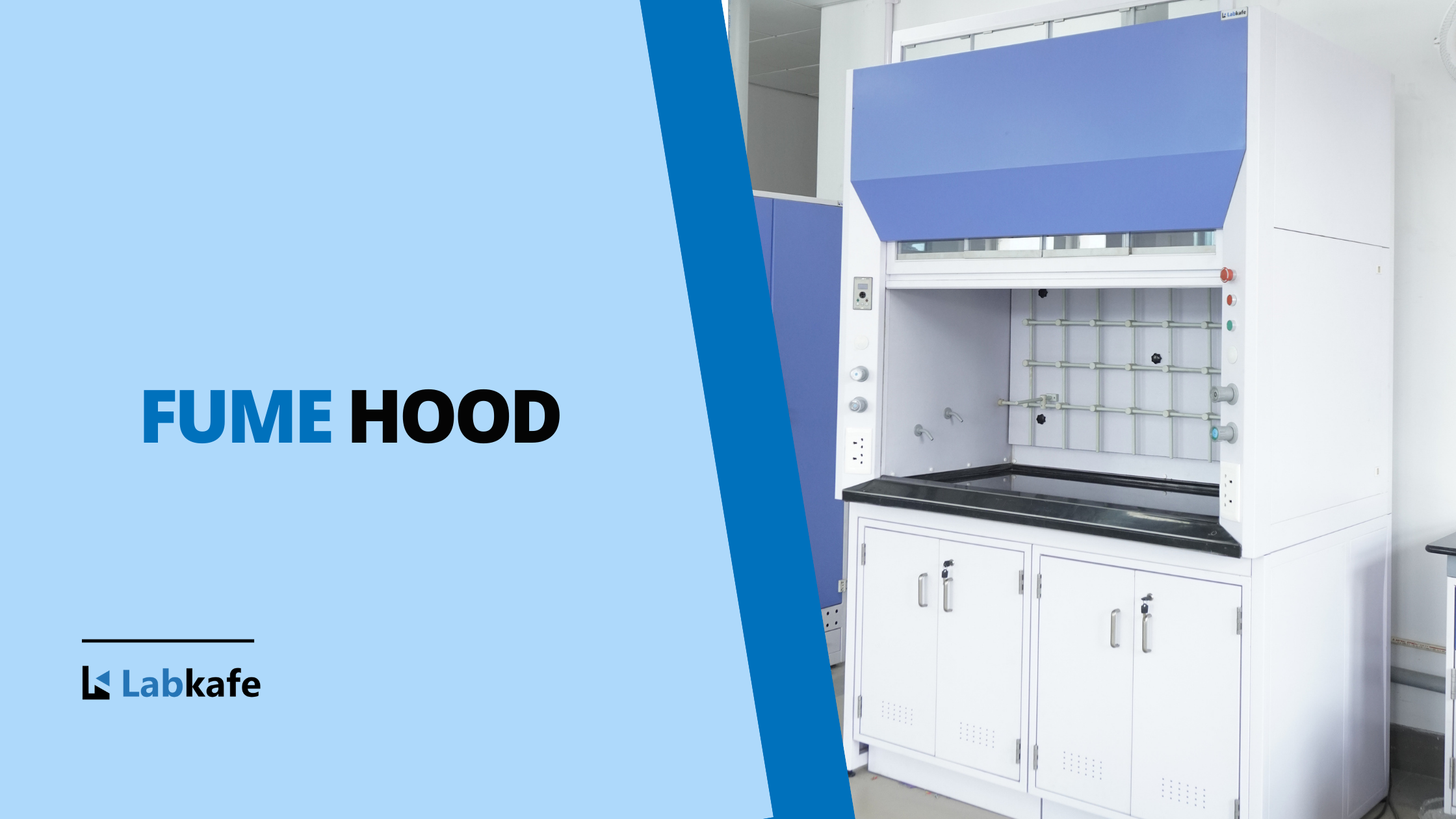
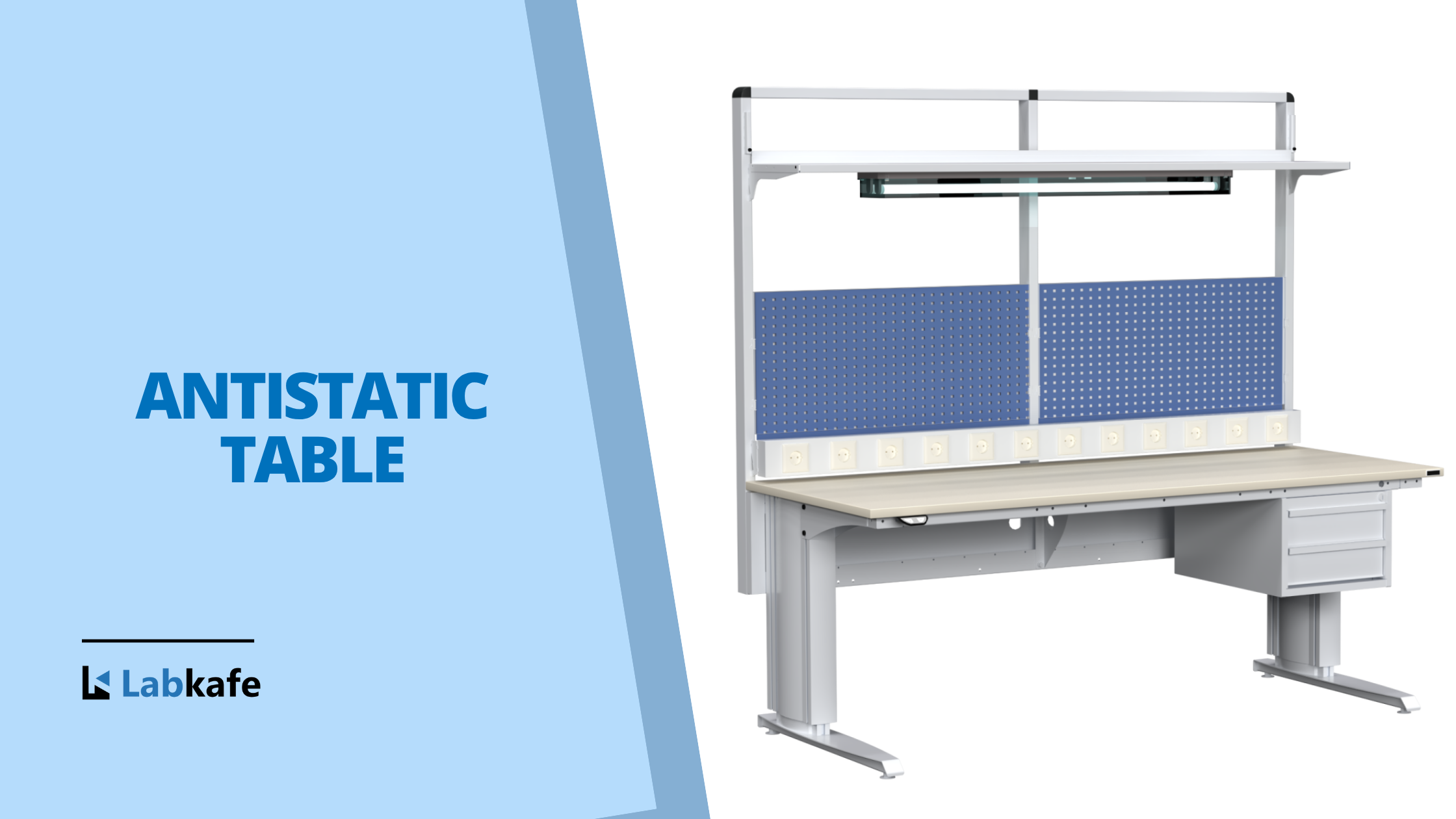
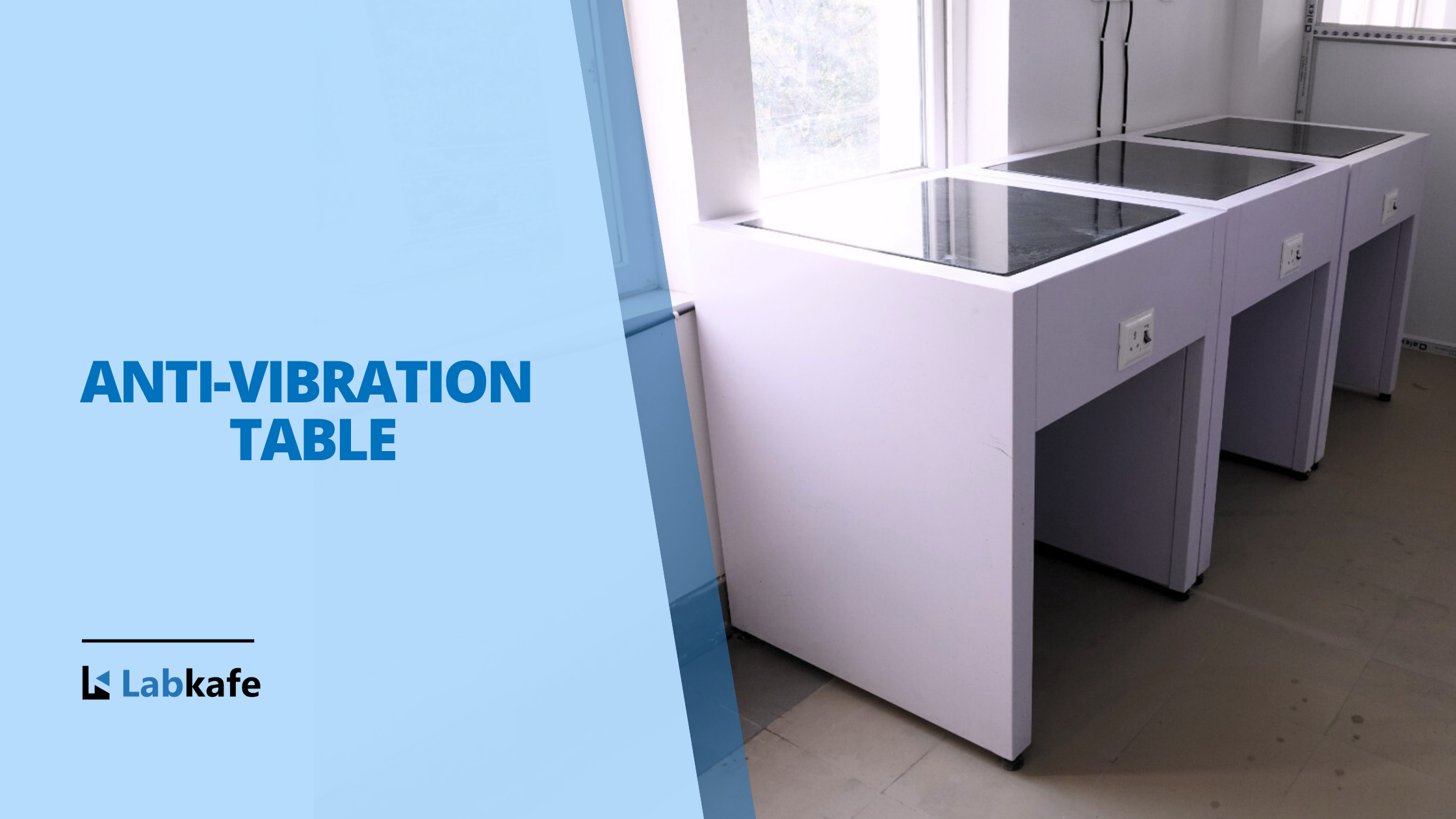
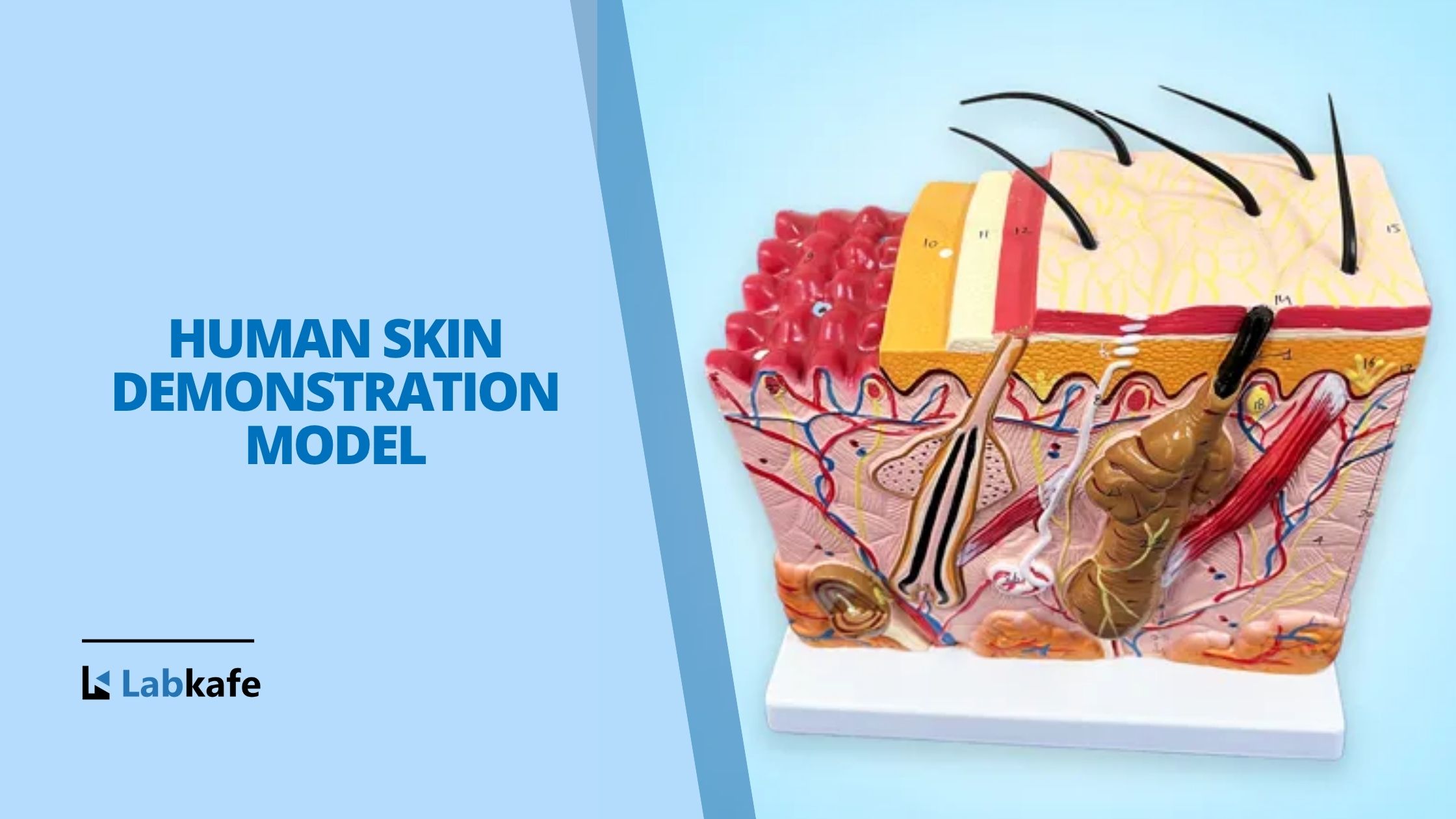
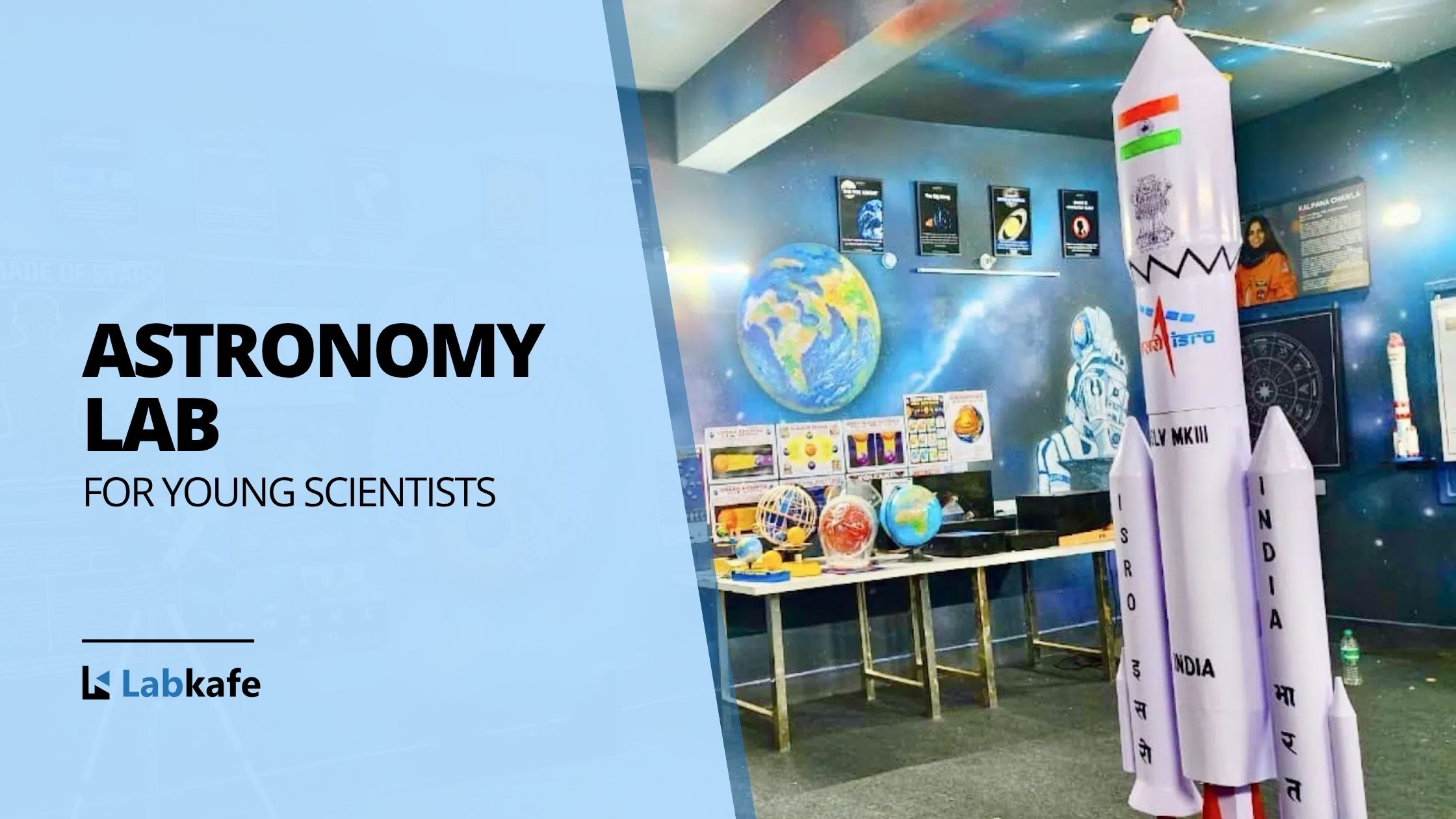







Leave a Reply